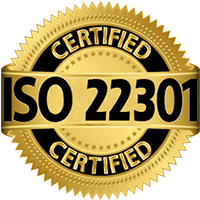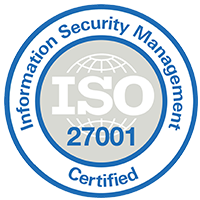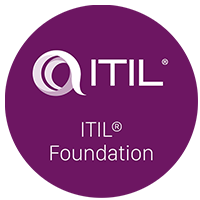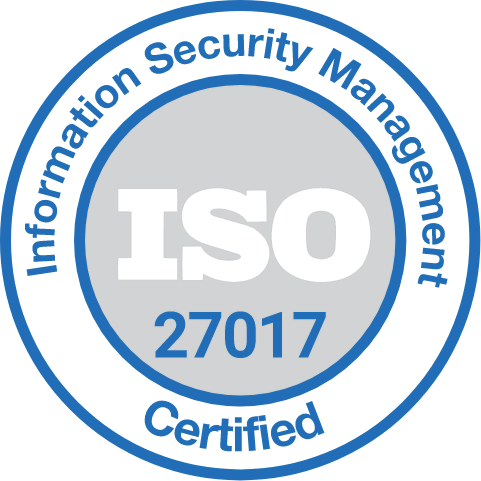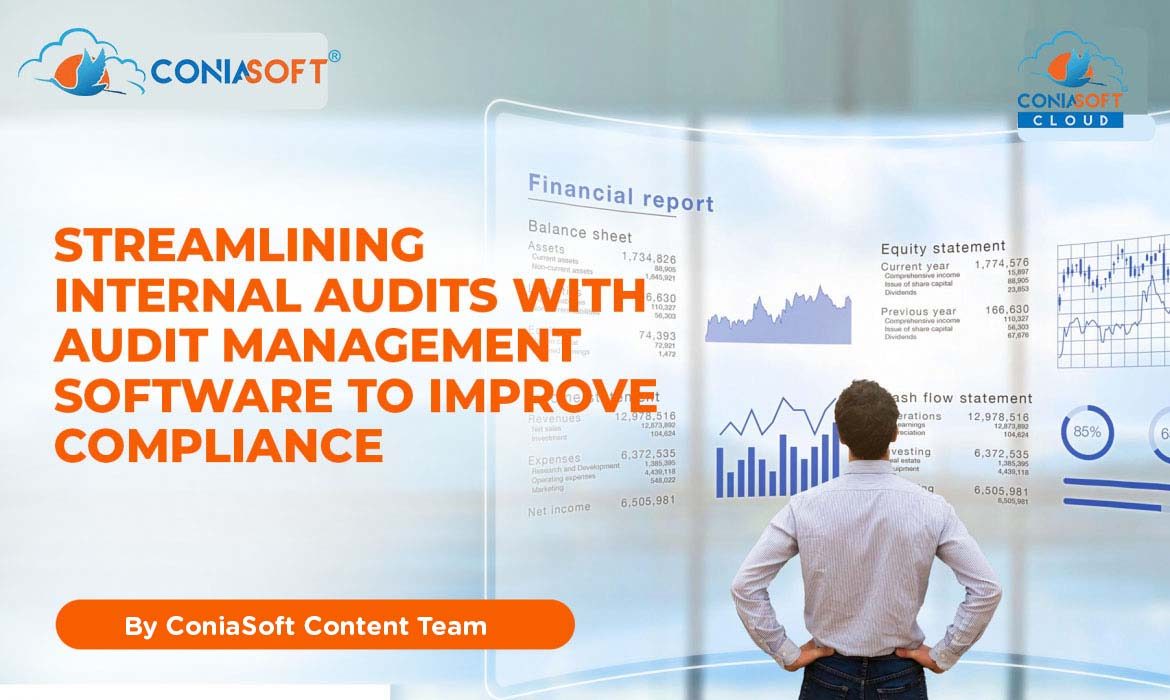The world of audit management software is a welcoming one. This blog post will discuss the idea of audit software, its advantages, essential characteristics, several types that are accessible, and how to pick the best one for your business. Additionally, we’ll talk about implementation tactics, best practices, system integration, and upcoming developments in this area. Let’s explore how audit software can transform your internal audit procedures now.
What does audit management software entail?
A centralised platform for planning, carrying out, and managing audits is provided by audit management software, a technological solution that streamlines and automates the audit process. It speeds processes using cutting-edge technology like artificial intelligence and machine learning, allowing auditors to concentrate on compliance-critical areas.
Benefits of Audit Management Software
Organisations can get many advantages from audit management software, including improved productivity, teamwork, compliance, and data security. It saves time and minimises human mistakes by automating repetitive operations, including audit scheduling, report production, and finding tracks. Additionally, it offers an integrated platform for communication and document sharing, assuring compliance with legal requirements and business norms. Audit management software’s efficiency, collaboration, compliance, and data security are improved overall.
Features of Audit Management Software
The audit process can be streamlined with the help of several functions provided by audit management software, including audit planning and scheduling, administration of checklists and questionnaires, risk assessment and mitigation, managing documents, finding and non-conformance management, reporting, and analytics. Assuring consistency and standardisation, developing mitigation strategies ensuring consistency and standardisation, managing mitigation strategies, securely storing and managing audit-related documents, and providing insights into audit performance and areas for development are all made more accessible by these features.
Different Forms of Audit Management Software
Numerous types of audit software on the market meet the requirements of diverse industries. These consist of:
- Independent audit software: Suitable for small to medium-sized organisations, it provides the fundamental functions for audit management.
- A comprehensive approach to risk management is provided by integrated GRC software, which combines audit management with governance, risk, and compliance features.
- Cloud-based audit software is perfect for teams that are spread out geographically since it is flexible, scalable, and remotely accessible.
- Industry-Specific Audit Software: Designed to satisfy specific industry-specific compliance needs, such as those in healthcare, finance, or manufacturing.
Making the Best Software Decision for Audit Management
The following aspects should be taken into account while choosing audit software for your company:
- Verify that the programme complies with all applicable regulatory frameworks and industry standards.
- Assess the software’s ability to scale with the expansion of your organisation and to be modified to meet specific requirements.
- User-Friendliness: Search for an intuitive user interface that simplifies use and requires less training.
- Integration Skills: To simplify data flow, see if the programme can link with your current systems, such as ERP or CRM.
- Support and security for vendors: Consider the vendor’s standing, customer service offerings, and data security protocols.
The use of audit management software
The following steps must be taken to install audit management software: evaluate existing procedures successfully; identify goals; choose the appropriate software; offer thorough training; transfer data; configure the software; test and validate; and constantly improve. This will provide a seamless transition and guarantee the functioning and performance of the software. Audit processes should be periodically reviewed and improved to fully utilise the software’s capabilities and adjust to ever-changing requirements.
Successful implementation of audit management software
Follow these steps to install audit management software successfully: evaluate existing procedures, identify objectives, choose the appropriate software, offer thorough training, transfer data, test and validate, and continually improve. Establish standard operating processes, encourage teamwork, update documentation, conduct data analysis, and conduct internal audits to get the most out of audit software. These procedures guarantee consistency, comparability, and flexibility in response to shifting demands. Standardising processes, encouraging collaboration, updating documentation, utilising data analysis, and carrying out internal audits to gauge the efficacy and efficiency of internal audit processes are all examples of best practices when using audit software. These actions can help organisations make the most of audit software and ensure a seamless transition to it.
System integration for audit management software
Integrating audit software with other systems can further improve efficiency and data accuracy. Think about incorporating with:
- Enterprise Resource Planning (ERP) systems: Integrate audit results with financial data to pinpoint potential risks and guarantee accurate reporting.
- Customer Relationship Management (CRM) systems: Connect audit findings to customer-related information to thoroughly understand compliance at all contact points.
- Utilise risk management software to prioritise mitigation methods and improve overall risk management by combining audit findings with risk assessments.
Future Innovations in Audit Management Software
Further development in audit software is anticipated as technology develops. Future trends to be on the lookout for include:
- The software will be able to automatically detect patterns, anomalies, and potential dangers during audits thanks to artificial intelligence (AI) and machine learning (ML) algorithms.
- Blockchain technology will improve audit management systems’ data security, immutability, and transparency.
- Integrating the Internet of Things (IoT) will enable the real-time tracking of audit-related data, such as environmental conditions or equipment performance.
- Mobile Applications: Mobile apps will make remote audits easier and allow auditors to record information and results while on the go.
Audit management software revolutionises internal audit procedures by automating duties, increasing productivity, fostering cooperation, and reinforcing compliance. Organisations can improve their audit operations’ accuracy, dependability, and efficacy by choosing the appropriate software, implementing best practices, and integrating with other systems. As the sector develops, adopting future trends will help audit software’s capabilities soar, enabling more innovative and effective audits. With digital tools like predictive models, data integration tools, cognitive intelligence, and artificial intelligence applications, auditors are better equipped to automate processes, reduce human error, and draw insightful conclusions from massive amounts of data. Auditors may provide more thorough audits and give customers deeper business insights by concentrating on high-risk areas and utilising cutting-edge automation tools. The benefits of audit automation go beyond those of conventional manual processes; they include improved stakeholder communication, increased productivity, and enhanced risk management. Adopting the power of automation will be essential as the auditing landscape changes to maintain audits’ effectiveness, accuracy, and adaptability in the face of dynamic business contexts.

